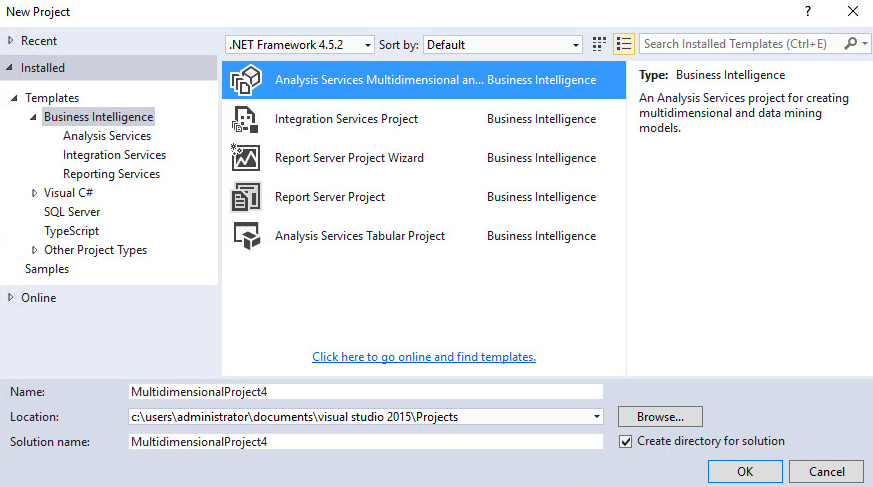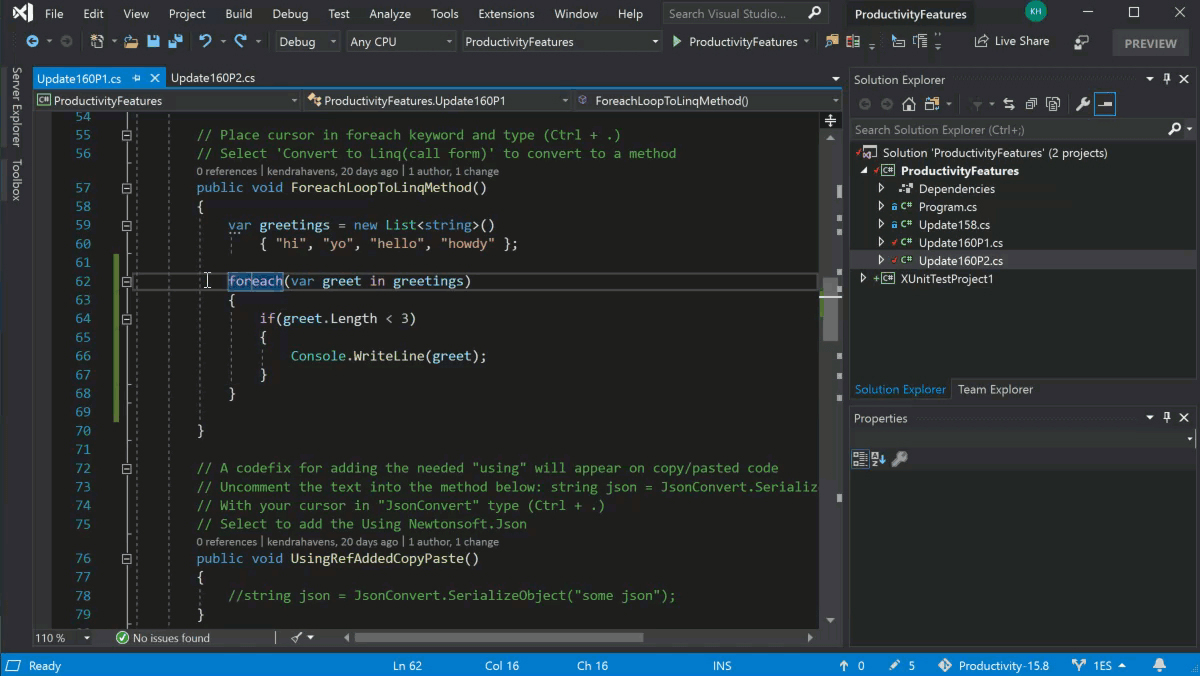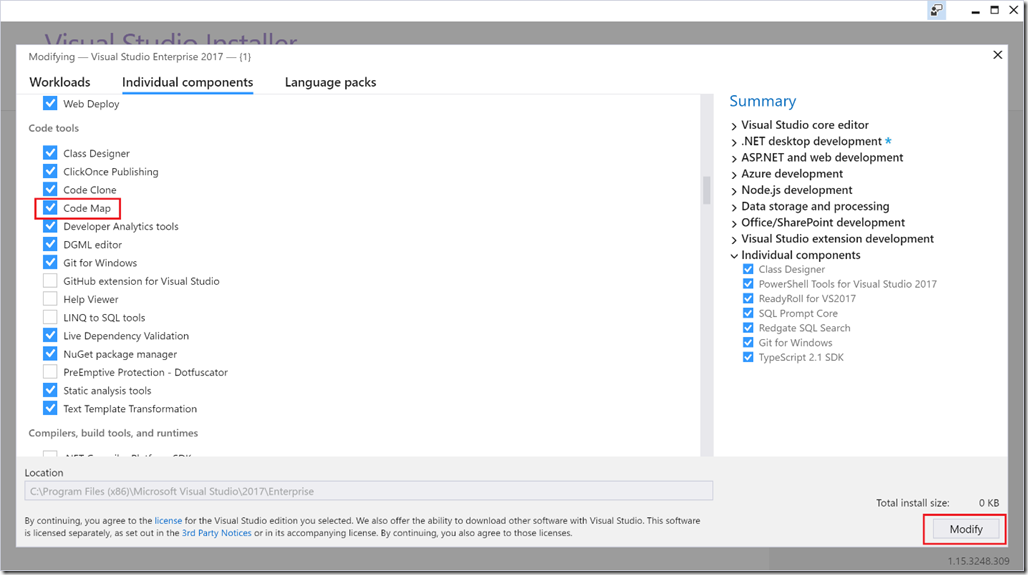

Getting everything done correctly is a huge challenge-proper schema and relational design, the intricacies of Transact-SQL (T-SQL) as a language, performance tuning, and more, are all difficult tasks in and of themselves. The inconvenient truth is: database development is hard. Introducing SSDT Database Tooling Designed for Developers We begin with an overview of key SSDT concepts and features, and then walk you through demonstrations of various connected and disconnected scenarios. In this chapter, you’ll learn how to use SSDT inside Visual Studio to significantly enhance your productivity as a SQL Server developer. Thus, you can now design and build your databases without constantly toggling between Visual Studio and other tools. The release of SSDT provides a single environment hosted in Visual Studio, with database tooling that specifically targets the development process.

It’s always been necessary for programmers to use management-oriented tools (such as SSMS) rather than developer-focused tools (such as Visual Studio) as a primary database development environment when building database applications-until now. So for years, programmers have been primarily using SSMS to conduct development tasks (and before SQL Server 2005, they typically used two database administrator tools-SQL Enterprise Manager and Query Analyzer).

And although DbPro was a good first step towards offline database development, its relatively limited design-time experience has precluded its widespread adoption. Indeed, SSMS is alive and well in SQL Server 2012, and it continues to serve as the primary management tool for database administrators who need to configure and maintain healthy SQL Server installations. SSDT is not intended to be a replacement for SSMS, but instead can be viewed much more as a greatly evolved implementation of DbPro. This IDE is called SQL Server Data Tools (SSDT), and it represents a major step forward from previously available tooling-notably, SQL Server Management Studio (SSMS) and Visual Studio Database Professional edition (DbPro). With the release of SQL Server 2012, Microsoft delivers a powerful, new integrated development environment (IDE) for designing, testing, and deploying SQL Server databases-locally, offline, or in the cloud-all from right inside Microsoft Visual Studio (both the 2010 version and the upcoming Visual Studio 11, currently in beta at the time of this writing).


 0 kommentar(er)
0 kommentar(er)
